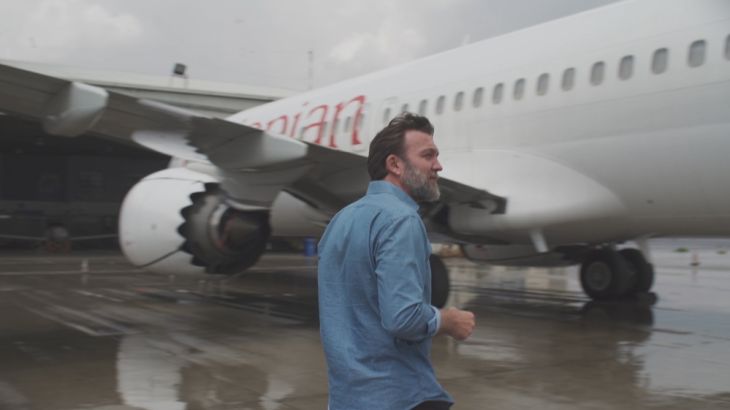
System Failure: The Boeing Crashes
Have US aviation regulators allowed the industry too much control over safety? Investigating the Boeing 737 MAX crashes.
When a commercial airplane crashed off the coast of Indonesia in October 2018, global aviation authorities were shocked.
The aircraft was a 737 MAX, one of the newest models of US manufacturer Boeing.
Keep reading
list of 4 itemsMore than 11,000 evacuated in northern Indonesia as volcano erupts
Jordan, Lebanon, Iraq reopen airspace closed over Iran’s attacks on Israel
Australian women lose bid to sue Qatar Airways over 2020 strip searches
And then when a second MAX dropped out of the sky in Ethiopia in March 2019, investigators said they believed that software on the airplane played a role in both crashes.
Boeing is looking to cut costs ... so the number one concern for their upper management is return on investment. When your sole target is on return on investment, because you are a business company, you end up taking safety for granted.
With 346 people dead and the MAX now grounded, aviation authorities around the globe have asked what went wrong, how the US certified the aircraft in 2017 and how oversight failed. Families and investigators are still searching for answers.
A former Boeing engineer who worked on the plane, and asked to remain anonymous, recalls that the design and testing of the 737 MAX took place amid immense commercial pressure.
“Cost pressure and time. Time pressure was the biggest impact, biggest driver … [There was] immense pressure on getting the airplane to market as soon as possible,” he told Fault Lines.
“On the 737 MAX there was constant pressure to not change anything. From a cost perspective, change costs money. The business side drives the culture.”
Captain Dennis Tajer from the Allied Pilots Association believes “the system failed”.
“The system is Boeing, the FAA, other oversight areas from within those groups,” he says. “What’s the measure on that judgment? These crashes. It’s that simple: the system failed. It failed our passengers, it failed the globe.”
Fault Lines traces what led to the two plane crashes and asks if US aviation regulators have allowed the industry too much control over safety.